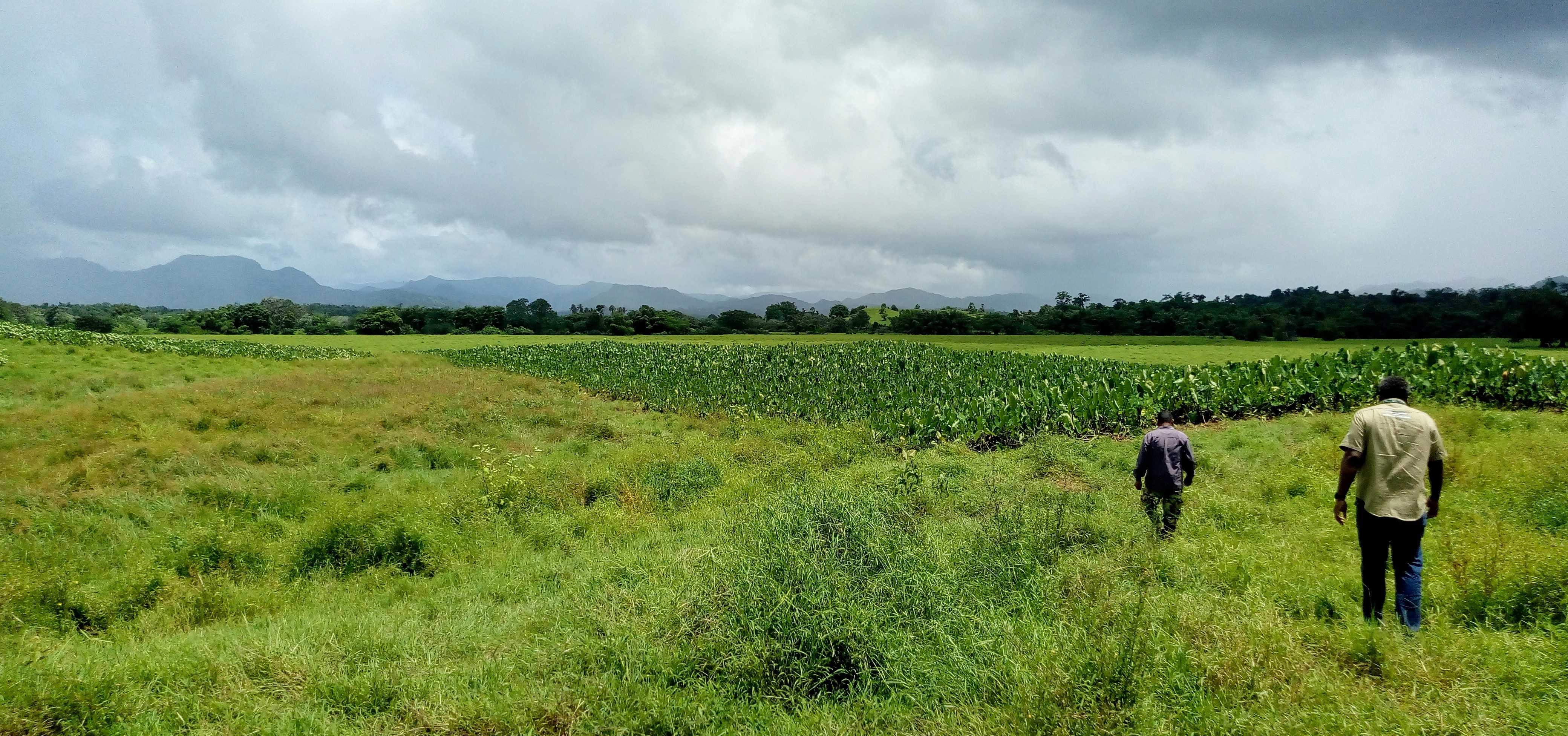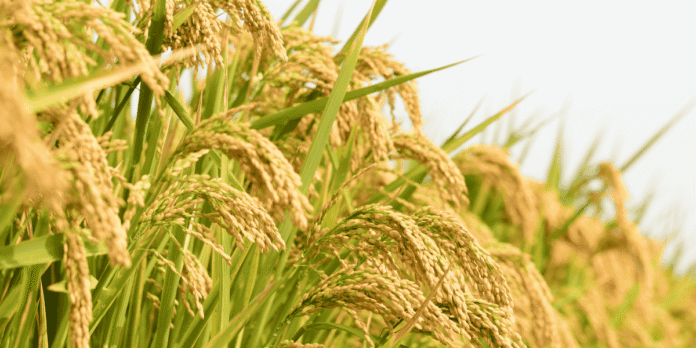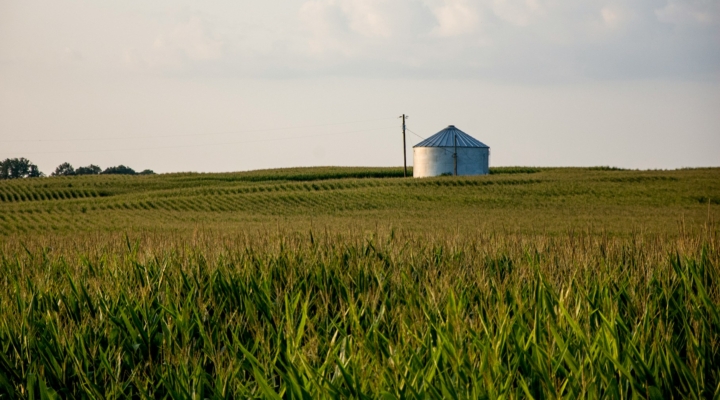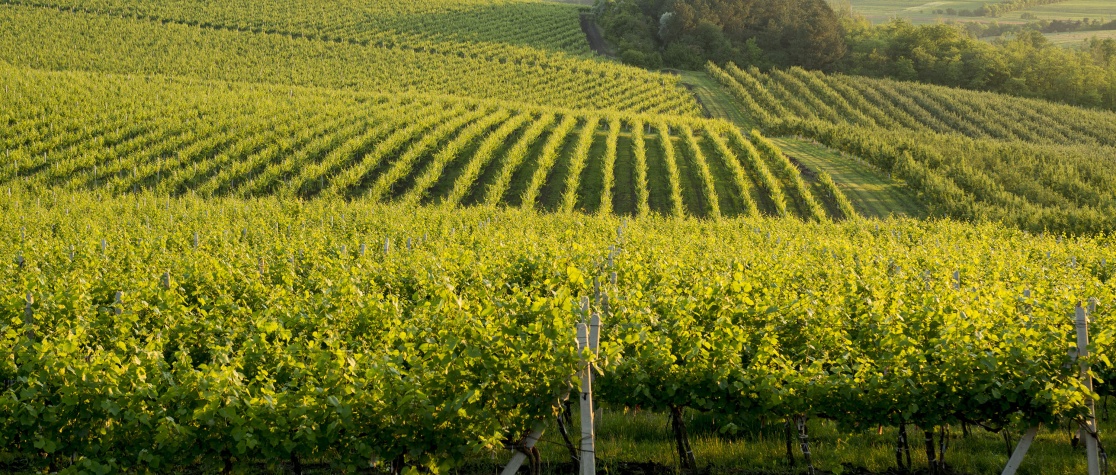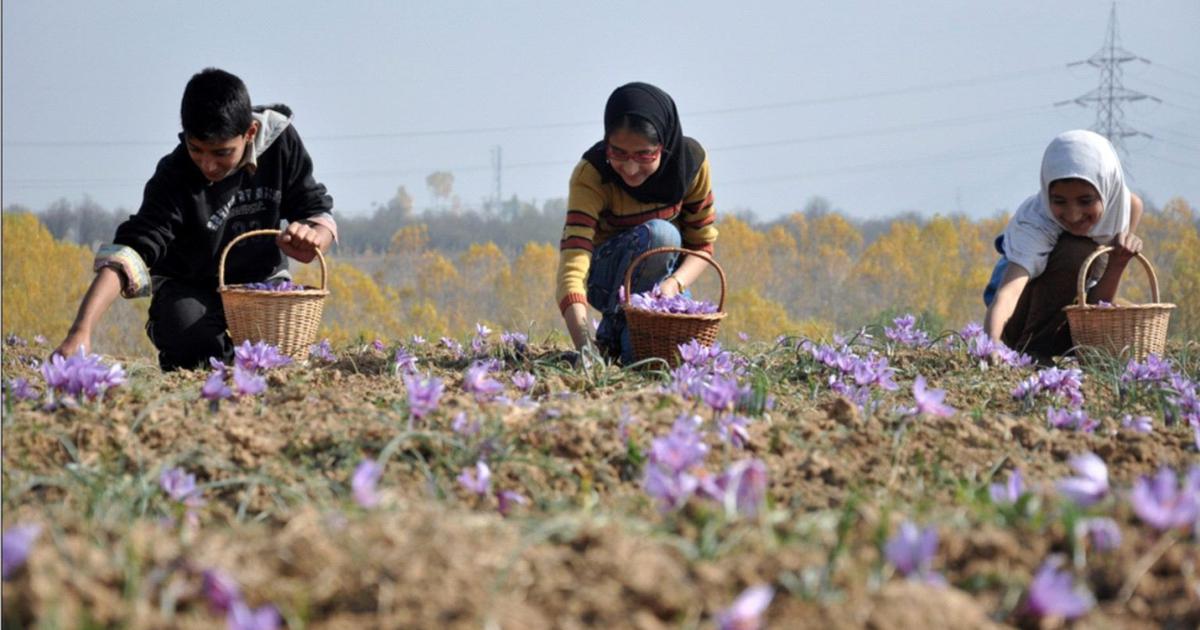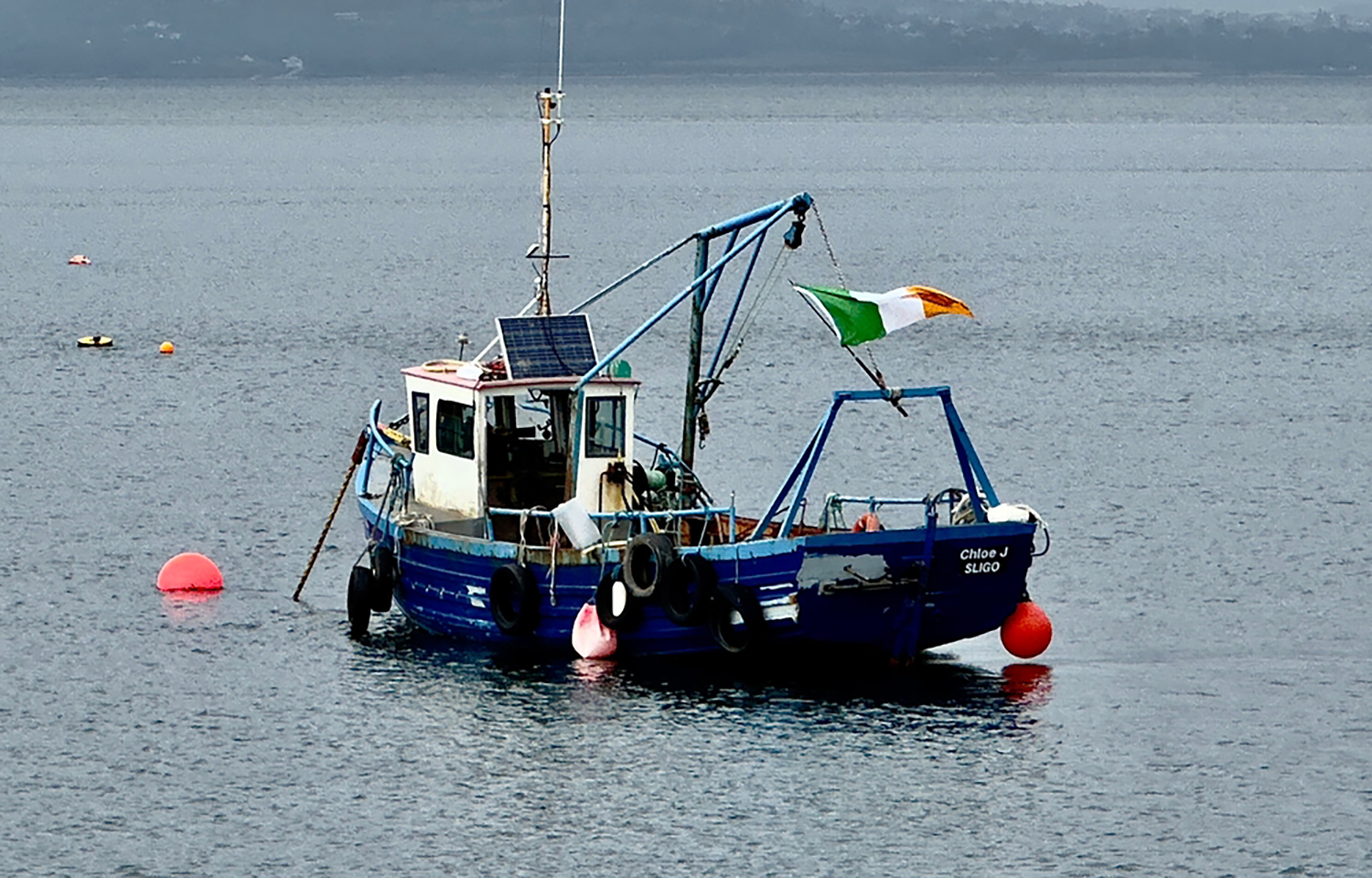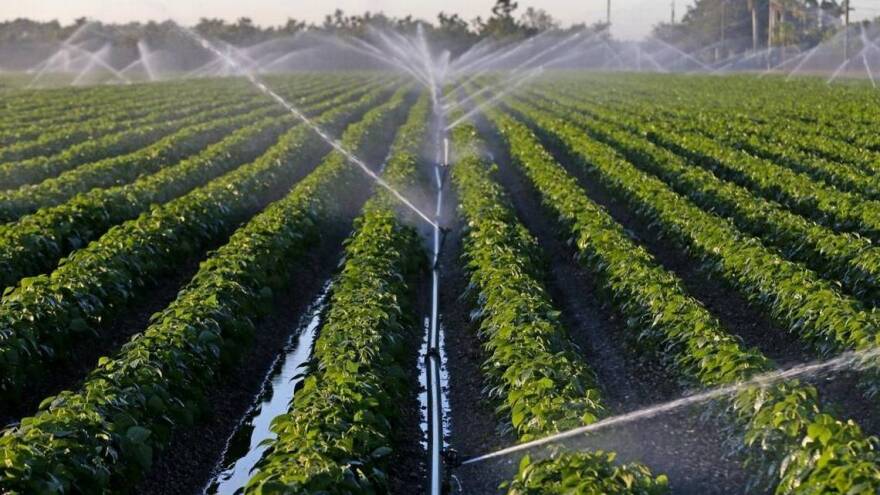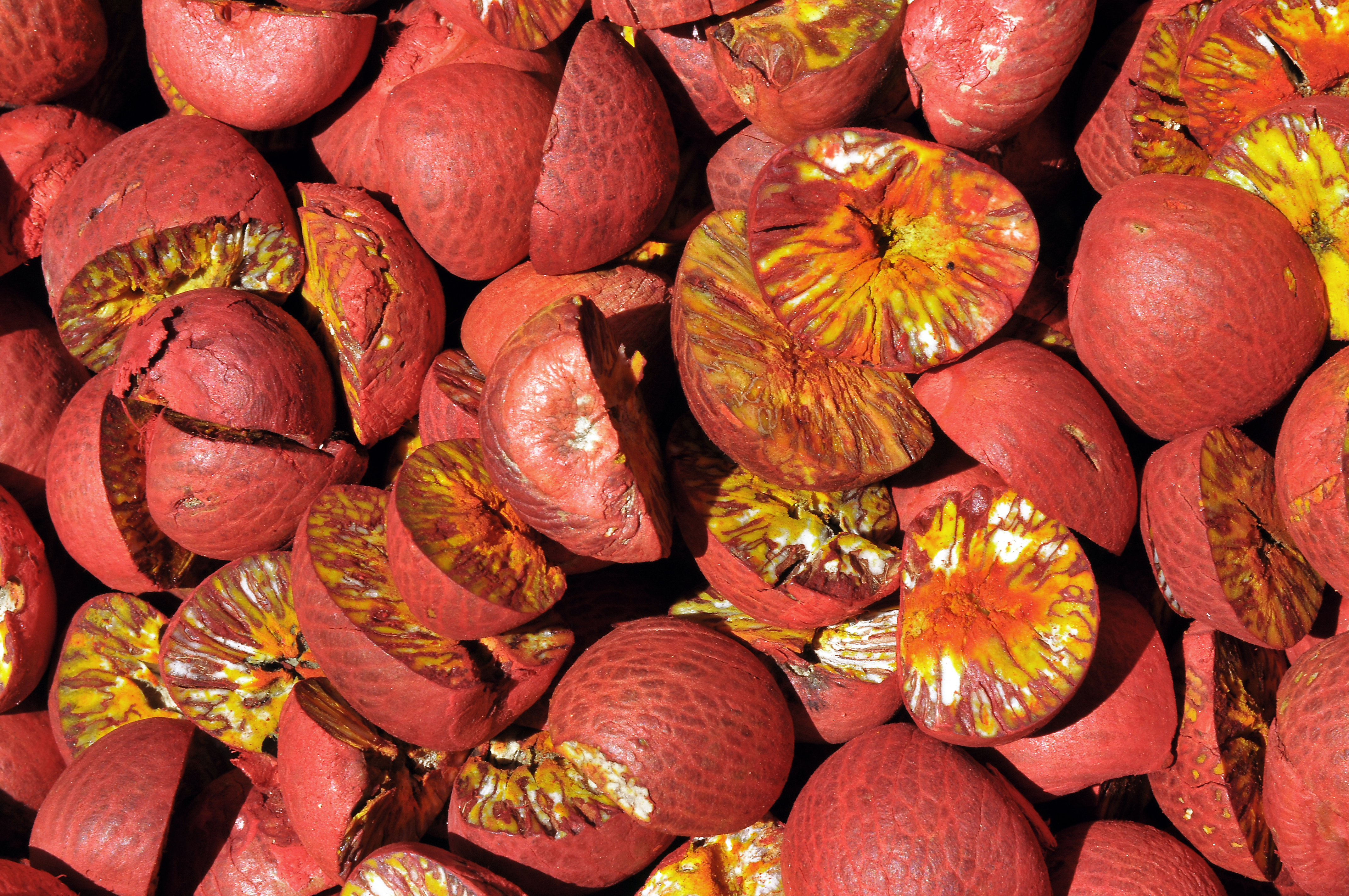As the world grapples with the impacts of climate change, extreme temperatures and tragic weather events tend to dominate the news. But a slower moving, less conspicuous threat looms in our future: the challenge of maintaining a sustainable, resilient agricultural system.
Supported in part by funding from USDA’s National Institute of Food and Agriculture as well as funding from other federal agencies, the University of Maryland College of Agriculture and Natural Resources’ (AGNR) research and Extension programs take a comprehensive, multi-disciplinary approach to that challenge.
“Climate smart agricultural practices that reduce environmental impact while also building system resilience will ensure that we maintain productive agricultural and forestry systems,” said Dr. Rachel Melnick, division director for Global Climate Change in NIFA’s Institute of Bioenergy, Climate and Environment. “The work highlighted by the University of Maryland are some excellent examples of how Land-grant Institutions are addressing the climate crisis.”
Slowing the Burn
According to the Environmental Protection Agency, agriculture of all forms accounts for approximately 10-11% of the total U.S. contribution to the greenhouse gasses that are heating Earth’s atmosphere. Finding ways to reduce emissions from agriculture while maintaining, and even increasing, yields is crucial to helping slow the warming process.
With over $1 million in funding from NASA, Associate Professor Stephanie Yarwood is leading an effort to use satellite data in unraveling the complex relationship between farming practices and nitrogen emissions. The primary contributors to greenhouse gasses from farmland0 are nitrogen compounds from animal waste and fertilizers. But the effects of different farming practices on nitrogen loss from farms, at various times and under diverse conditions, remains unclear. Yarwood’s project uses satellite data to identify “hot spots” and “hot moments” in time, when nitrogen compound levels rise in the atmosphere above farmlands. Her team will then examine the soil microbes to determine how they control the amount and kind of nitrogen released into the air and water, and the effect of various conservation practices on those processes.
“As a microbial ecologist who often thinks in scales no bigger than a shovel full of soil, it is exciting to be working with collaborators using satellites to think at much larger scales and understand these large, atmospheric effects,” Yarwood said.
The team’s ultimate goal is to create models to guide policymakers and stakeholders in reducing nitrogen emissions through climate-smart farming.
Meanwhile, Professor Richard Kohn is tackling farm emissions from another angle. Kohn is studying exactly how metabolism works in the guts of cattle, which burp up methane and account for nearly half of U.S. agriculture’s contribution to greenhouse gas.
Kohn’s lab has looked at alternative feeds, like algae that is purported to reduce methane from cows. But algae may just shift the composition of cow’s waste products away from methane to toxic compounds that are harmful to the cows and the environment. Kohn and his colleagues are evaluating different algae supplements to see if they can help cows produce less waste overall and convert more food to muscle, or meat.
“The goal is ultimately to feed cattle better, so we decrease methane emissions and at the same time make digestion more efficient,” Kohn said.
Adapting To Change
Already feeling the impacts of climate change, many farmers need help adapting to unpredictable conditions now, as well as in the future, because climate change not only brings new temperature and moisture levels, but it allows pests and diseases to spread into new territories. Researcher Chris Walsh began thinking about that decades ago. Now, through years of careful crossbreeding, he has developed two new breeds of apples that address a growing suite of problems for apple growers. His apples are heat-tolerant, blight-resistant, low-maintenance, and delicious-tasting.
While orchard fruits play a significant role in the world’s economy and diet, wheat and corn fill the nation’s granaries and provide a significant portion of the world’s calories. Both are facing environmental threats around the world.
After thousands of years of breeding for large grains and high yields, modern wheat lacks the genetic diversity essential to adapt to those emerging threats. Fortunately, an international team led by Professor Vijay Tiwari has sequenced the complete genome of an ancient variety of wheat known as einkorn. This breakthrough allows researchers to identify genetic traits like disease- and drought-tolerance, and potentially reintroduce those resilience genes into modern bread wheat.
When It’s Time to Pivot
Even with adapted crops and more efficient growing methods, there are places where change has already happened too fast to continue supporting crops. Across the globe, sea level is rising, and in the mid-Atlantic region, land is also sinking due to large geological shifts caused by climate change. The result is that saltwater intrudes into surface and groundwaters in low-lying areas, making the soils too salty for farming.
Alongside collaborators at University of Delaware and George Washington University, AGNR researchers Kate Tully and Rebecca Epanchin-Neil recently found that the area covered by visible salt patches on Delaware, Maryland and Virginia farmland nearly doubled from 2011 to 2019.
They estimated economic losses from the salt patches to be over $427,000, and what’s more, high salinity soils within 200 meters of salt patches accounted for an estimated crop loss of between $39-70 million annually. This is an especially acute problem for corn farmers, because corn is not very salt tolerant, yet it makes up a substantial portion of the crops grown in the region.
“Saltwater intrusion often happens in advance of sea level rise,” said Associate Professor Tully. “This research is the first visualization of this often-invisible symptom of climate change.”
Epanchin-Niell, also an associate professor, said their study can “help identify high risk areas and better target resources and support to regions where transitions are occurring.”
A Grassroots Solution
In the meantime, finding crops that can withstand salty soils could help keep agricultural lands profitable. And AGNR Extension agents are helping with that. Sarah Hirsh and Haley Sater just completed a two-year experiment planting Giant Miscanthus in fields belonging to a soy farmer who had three consecutive years of failed crops. Miscanthus is a tall, perennial grass that is often used for bedding in poultry operations, but it could be marketed for other animals, and for making paper and biofuels.
“Our experimental plots yielded successful harvests,” said Sater, “suggesting this could be an alternative crop that is easy-growing and low-maintenance.”
As a perennial, miscanthus doesn’t need replanting, and once it gets established, it outcompetes weeds and isn’t eaten by deer.
It sounds like a perfect solution, but of course, there is no silver bullet to solving the diverse and complex problems brought on by climate change. Miscanthus is just one tool among many that can help farmers stay profitable and sustainable. Whether it’s through a new view of satellite data, innovative cattle feed, genetically informed breeding, or a host of other initiatives, AGNR is helping pave the way for a resilient and adaptable agricultural future.
Source - https://www.nifa.usda.gov





